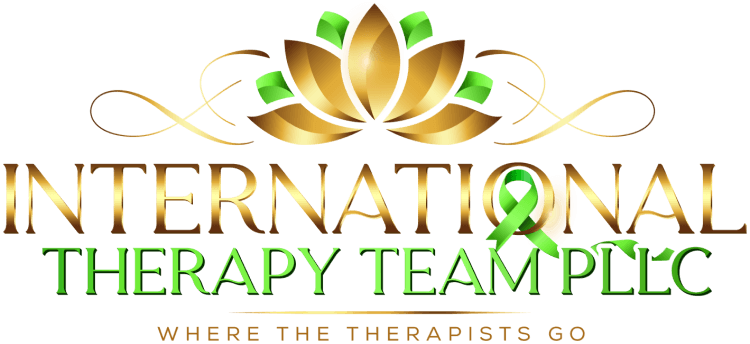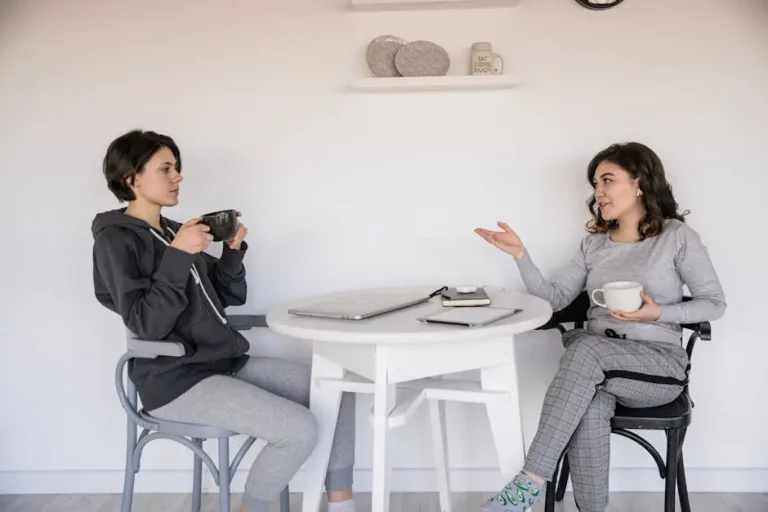Anxiety can feel overwhelming, leaving you stuck in a cycle of worry and stress. Dialectical Behavior Therapy (DBT) offers practical tools to help you navigate these feelings. In this blog, we will explore seven DBT techniques that can provide relief and help you lead a more balanced life.
1. Understanding Dialectical Behavior Therapy
Dialectical Behavior Therapy is a cognitive-behavioral approach that emphasizes balancing acceptance and change. It’s particularly beneficial for individuals struggling with intense emotions and anxiety, providing a pathway to healthier coping mechanisms.
One of the core principles of DBT is its synthesis of acceptance and change techniques. This dual focus helps individuals recognize the odds they face while also empowering them with methods to alter negative patterns. By acknowledging the strength required in accepting the present moment alongside the effort needed to make constructive changes, DBT becomes an effective strategy for those battling anxiety. Moreover, its structured, methodical approach offers relief and hope for many.
2. Mindfulness to Anchor Your Thoughts
Mindfulness is a cornerstone of DBT, helping you stay present and reduce anxiety. By focusing on the here and now, mindfulness techniques allow you to let go of past worries and future uncertainties.
Incorporating mindfulness into daily life involves a series of simple practices such as mindful breathing and observing without judgment. These exercises enhance your ability to remain grounded in the present, reducing the power of anxiety to derail your thoughts and actions. By practicing mindfulness consistently, you’re better equipped to handle everyday triggers and maintain emotional stability.
Furthermore, mindfulness fosters a deeper connection between mind and body, offering a holistic approach to peace. Mindful eating, walking, or even listening can transform mundane tasks into moments of tranquility and awareness. As you cultivate this awareness, the anxieties of past and future diminish, leaving room for clarity and calm in the present.
3. Distress Tolerance Skills for Emotional Resilience
Distress tolerance techniques help you survive emotional crises without making the situation worse. By cultivating resilience, these skills empower you to handle life’s challenges with greater ease.
These skills provide practical tools for enduring painful or distressing situations. By practicing methods like radical acceptance or self-soothing, you learn to face emotional storms head-on with a fortified sense of inner peace. The ultimate goal isn’t to eliminate distress but to transform how we react to it, opening pathways to growth and understanding.
Consider engaging in activities that distract or soothe when emotions become overwhelming. Physical activities, creative expression, or sensory experiences like listening to music can all be effective. These actions not only divert your focus but also reinforce your inner strength to weather difficult times without succumbing to panic or despair.
4. Emotion Regulation for Balanced Responses
Emotion regulation is about understanding and managing your emotional responses. By learning to identify and label emotions accurately, you can respond more effectively, reducing moments of anxiety.
Effective emotion regulation involves a process of acknowledging emotions without letting them dictate your actions. Techniques such as maintaining an emotion diary or practicing breathing exercises during emotional peaks help you identify patterns that trigger anxiety. With this awareness, you’re empowered to counteract negative emotion spirals by choosing rational, constructive responses.
Moreover, developing a repertoire of calming techniques, such as progressive muscle relaxation or visualization, strengthens your capacity for emotion regulation. These techniques are preventive in nature, reducing the likelihood of anxiety flare-ups by instilling a sense of control over emotional dynamics.
5. The Power of Interpersonal Effectiveness
Strong relationships can buffer against anxiety. Interpersonal effectiveness techniques teach you how to communicate assertively, set boundaries, and work through conflicts, fostering healthier connections.
The ability to communicate effectively plays a pivotal role in reducing anxiety levels. Techniques like DEAR MAN (Describe, Express, Assert, Reinforce, Mindful, Appear confident, Negotiate) from DBT give you a structured communication strategy that enhances interpersonal interactions. This ensures that your needs are met while preserving relationships, which, in turn, alleviates social anxiety.
In addition, maintaining healthy boundaries is crucial for reducing stress within relationships. By learning to express your limits and desires clearly, you nurture respect in your interactions, promoting both personal and relational well-being.
6. Radical Acceptance for Inner Peace
Radical acceptance involves acknowledging situations without judgment. It does not mean agreeing with everything, but rather accepting reality as it is, which can reduce suffering and help manage anxiety.
Embracing radical acceptance is a transformative process in DBT, enabling you to let go of the emotional downturn associated with unmet expectations or difficult circumstances. By focusing on what is within your control, you foster an inner peace that’s less susceptible to external turmoil. Practicing this form of acceptance doesn’t imply resignation; instead, it nurtures resilience and clarity, allowing you to adapt rather than react.
The practice involves conscious acknowledgment of emotions, thoughts, and realities, accompanied by a deliberate release of judgment. This shift in perspective reduces the pressure to force change, thereby lowering anxiety and promoting emotional freedom.
7. Self-Soothing Techniques for Comfort
When anxiety hits, having self-soothing mechanisms in place can be incredibly helpful. These techniques help you nurture yourself in times of distress, providing comfort and reducing anxious feelings.
Self-soothing techniques encompass activities that engage your senses and creativity. Listening to calming music, engaging in art, or practicing gentle yoga can activate your body’s natural relaxation response, offering immediate relief from anxiety. These practices help refocus your mind from distressing thoughts to comforting sensations.
Additionally, creating a personalized self-soothing toolkit prepares you for unexpected waves of anxiety. This toolkit can include items such as a favorite book, scent, or texture that trigger fond memories or provide sensory relief. By having these resources at hand, you can quickly access comfort and stabilization in distressing moments.





